Ramadan is all about gathering, and food plays a significant role in making people closer. Whether it is a small family meal or a grand party, these recipes will add diversity and joy to your table. From crispy samosas to dessert-like Kunafa, your Iftar will be a wonderful celebration of tradition and flavor.
And ramadan is a special time for reflection, prayers, and bonding. The highlight of the day is Iftar, when the fast is opened with nutritious and delicious food. If you are looking for delectable food to serve, here are ten simple and great options to enjoy.
Samosas
Samosas are a Ramadan favorite. Spiced potatoes, peas, or ground meat fill the crispy, golden pastry. The tangy tamarind chutney or yogurt sauce accompany them and can be made in batches for family and friends.
Fattoush Salad
Fattoush is a simple Lebanese salad made of cucumbers, tomatoes, radishes, and crunchy pita chips. It is dressed with a zesty olive oil, lemon juice, garlic, and sumac dressing, which makes it a delicious and light start to your meal.
Lentil Soup
Lentil soup is a warming, nutritious meal. Prepared using lentils, onions, garlic, cumin, and turmeric, it is both nutritious and filling. Lemon juice squeezed on top and olive oil drizzled in give it extra flavor.
Stuffed Dates
Dates are an elementary part of Iftar. For an added incentive, fill them with walnuts, almonds, cream cheese, or tahini. Sweet, energizing, and an excellent way to kick off your meal, they make a good appetizer.
Grilled Kebabs
The grilled kebab is a popular Iftar delicacy. Be it beef, chicken, or lamb, the kebab is seasoned with paprika, coriander, and cumin before it goes on the grill. Grill with flatbread and dips and it makes a wonderful meal.
Hummus
Hummus is a creamy dip made of chickpeas puree, tahini, garlic, and lemon juice. It is served with pita bread and raw veggies and is a great healthy side dish.
Biryani
It is one of the most popular rice dishes, prepared with beef, chicken, or mutton and flavored with saffron, cardamom, and cinnamon. It is enough for an enormous gathering and is generally served with raita (yogurt sauce).
Kunafa
Kunafa is a sweet Middle Eastern treat made up of shredded crunchy phyllo pastry, butter, and sweet semolina or cheese. It’s filled with sugar syrup infused with a hint of orange blossom or rose water and thus an ideal meal climax.
Tabbouleh
Tabbouleh is a fresh and healthy salad made of bulgur wheat, parsley, mint, tomatoes, and cucumbers. It contains only a simple dressing of olive oil and lemon juice and is an excellent way of balancing rich foods.
Shorbat Adas (Arabic Lentil Soup)
Shorbat Adas is another form of lentil soup that is also popular in the Middle East. Made of lentils, onions, garlic, and cumin, it is garnished with olive oil and lemon juice for a nutritious, easily digestible meal.
Other Popular Iftar Dishes
Other than these staples of Iftar, all the rest of the food is normally eaten throughout Ramadan.
Falafel, made from chickpeas that are ground and seasoned, is typically served with hummus or rolled in pita. Qatayef, a nut-stuffed or cream-stuffed pancake that has syrup poured on it, is another treat and typically eaten for dessert throughout the nights of Ramadan.
Deep-fried fritters such as pakoras made from potatoes, onions, and spinach are a staple on South Asian Iftar plates. These crispy morsels can be accompanied by green chutney or yogurt sauce and are simple to prepare. Haleem, a slow-cooked stew made with wheat, lentils, and meat, is another favorite South Asian dish that offers a healthy and satisfying meal.
Middle Eastern Iftar tables typically feature Ful Medames, a slow-cooked fava bean dish seasoned with garlic, lemon juice, and olive oil. The protein-rich meal is satisfying and filling, typically served with bread. Another warm favorite is Harira, a Moroccan soup made of tomatoes, lentils, chickpeas, and warm spices, perfect for breaking the fast.
Hydration During Iftar
Proper hydration is also a must, and most like to have refresher drinks such as Jallab, which is a combination of grape molasses, date syrup, and rose water. Another favorite drink is Rooh Afza, a sweet tea-like herbal beverage served with milk or water. Fresh fruit juice and yogurt beverages such as lassi replenish the lost water in the day.
Health Benefits of Traditional Ramadan Dishes:-
It is also a time when individuals are concerned about filling their bodies with healthy, high-energy foods. The food that is consumed at Iftar and Suhoor is not only tasty but full of necessary nutrients that restore the body after fasting. Let’s take a look at some of the most typical Ramadan foods and their benefits to health.
1. Dates – A Natural Energy Booster
Dates are the initial food eaten while ending the fast, and rightly so. Dates contain natural sugars such as glucose and fructose, which yield quick energy. The date also has a high digestible fiber content and is rich in important minerals such as potassium, magnesium and iron, which contributes to heart health and avoids fatigue.
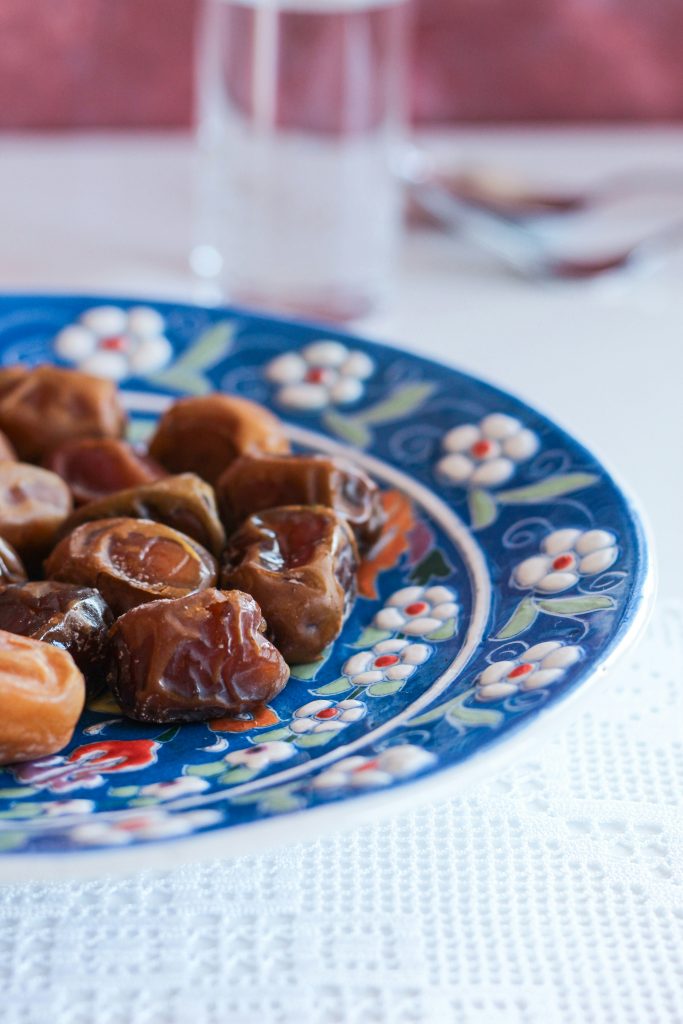
2. The lentil soup is Iftar’s favorite food, rich in nutrition and heat.
Lentils are rich in protein and fiber, which ensure satiety and ease digestion. The inclusion of vital minerals such as iron and folate ensures better blood circulation, maintaining energy levels throughout the night.
3. Grilled Kebabs – A Lean Source of Protein
Chicken, lamb, or beef kebabs grilled is packed with protein, which restores and constructs muscle after extended periods of fasting. The grilling process makes sure the meat is preserved without any excessive oil, making it a more nutritional option for fried foods. Kebabs also include cumin and coriander as spices, both of which help digest food and increase metabolism.
4. Fattoush Salad – High in Antioxidants
Fattoush salad is a healthy meal prepared from raw vegetables such as cucumbers, tomatoes, and radishes. These vegetables contain vitamins A and C, which aid in immunity and skin well-being. The olive oil and lemon dressing contributes to essential fats and antioxidants, which alleviate inflammation and contribute to cardiovascular health.
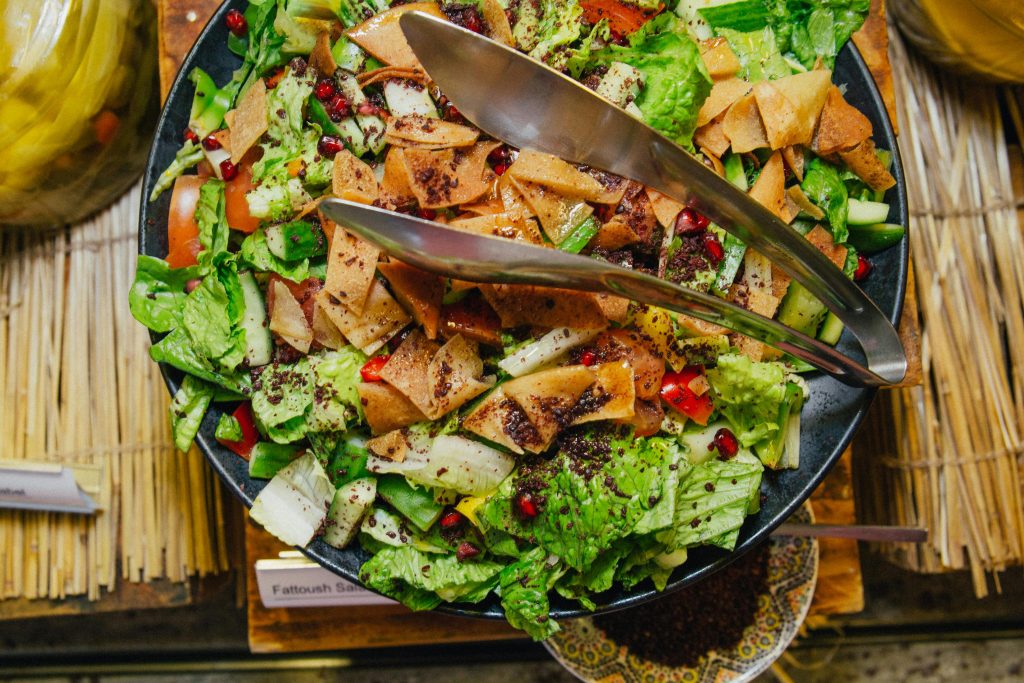
5. Hummus – Maintains gut health
Chickpeas are rich in protein and fiber, ensuring digestive health and satiety for longer. Tahini and olive oil contain healthy fats that contribute to brain and heart health function, while lemon juice provides vitamin C for a healthy immune system.
6. Biryani – A Balanced Meal
Biryani, when prepared with lean meat and vegetables, offers a great combination of carbohydrates, proteins, and fats. Slow-releasing energy is contributed by basmati rice, and spices like turmeric and cardamom, present in biryani, are anti-inflammatory. Serving yogurt-based raita as a side dish enhances digestion.
7. Kunafa – A Healthier Dessert Option
Though sweet Kunafa, the dish offers energy and calcium from its cheese or semolina filling. If prepared with reduced sugar and healthier ingredients, it can become a fun dessert that fulfills cravings without excessive heaviness.
8. Hydration with Traditional Drinks
Beverages such as Jallab and Rooh Afza rehydrate the body after fasting. They consist of natural elements that restore fluids lost, and thus avoid dehydration. Yogurt drinks such as Lassi restore gut bacteria and ensure improved digestion.
Conclusion
Traditional foods during Ramadan are not only tasty, but also many health benefits. Prepared in a balanced way, they provide energy, support digestion and help keep the body hydrated. Opting for grilled, baked, or steamed meals instead of fried food ensures a healthy and satisfying Iftar that feels great throughout the holy month.


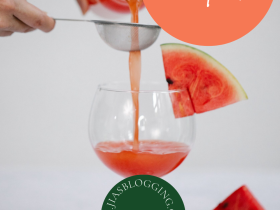

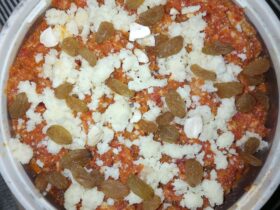


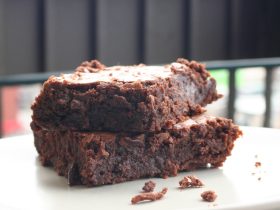


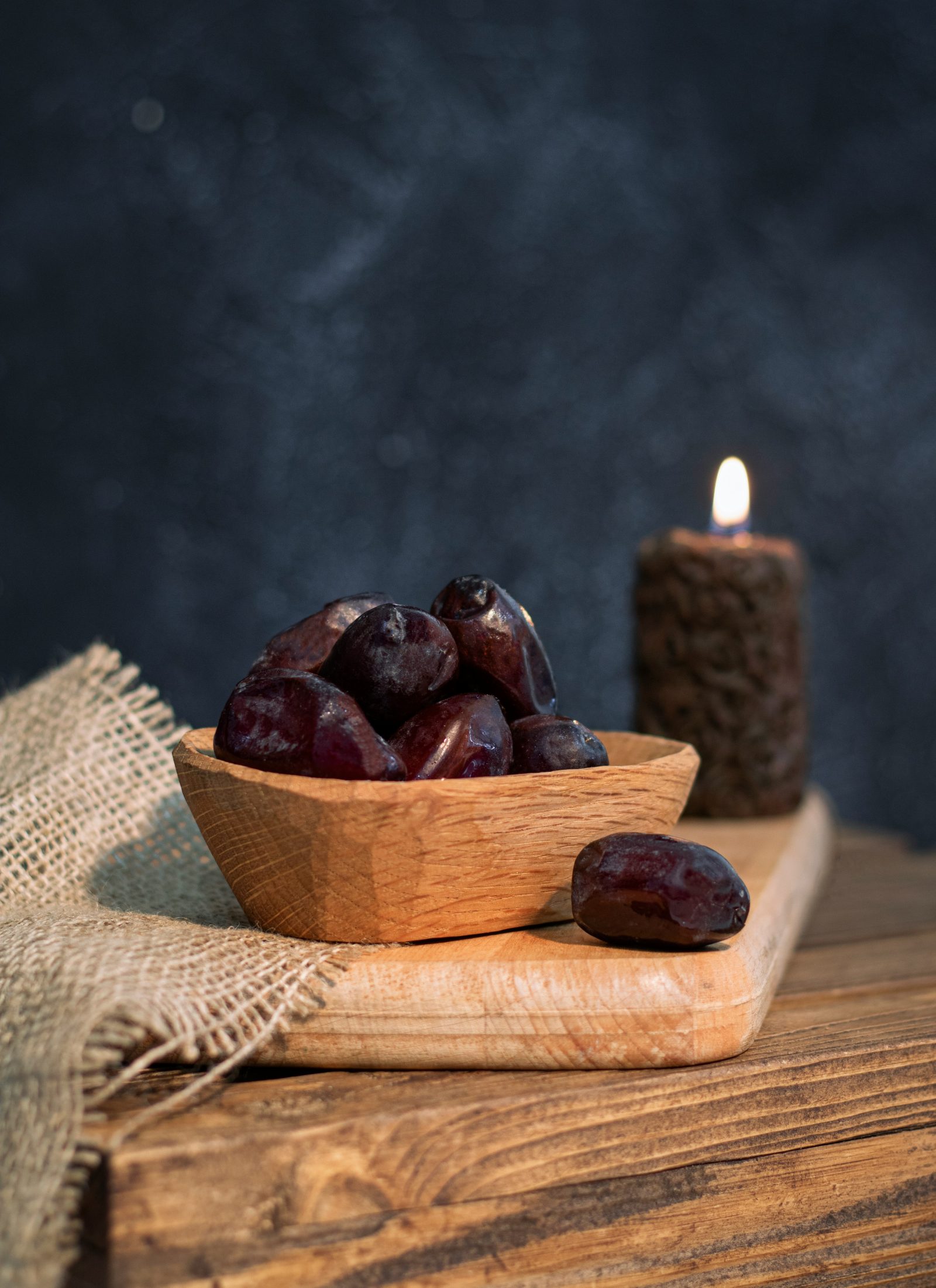

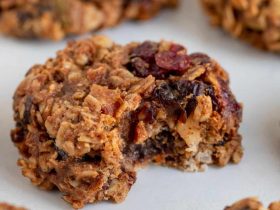

Leave a Reply